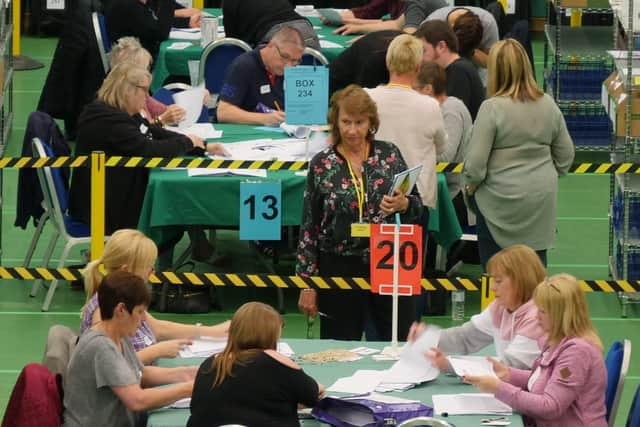Boundary changes rubber stamped as Fife constituencies face shake-up
and live on Freeview channel 276
The changes to local polling districts and constituency boundaries were approved by councillors without debate. The amendments have already been approved by Ministers.
The Boundary Commission for Scotland said the country has been allocated 57 constituencies for the 2023 Review – two fewer less than at present. The current review is required by legislation, and finalised recommendations must be implemented prior to the next UK parliament election, which is due to be held no later than January 2025.
Advertisement
Hide AdAdvertisement
Hide AdThe final recommendations will result in the creation of four new constituencies within the Fife’s local government area: Cowdenbeath and Kirkcaldy; Dunfermline and Dollar; Glenrothes and Mid Fife; and North-East Fife. The new boundaries have also resulted in a number of polling districts moving


Bonnybank, Kennoway and Balcurvie are moving from their current home in the Glenrothes constituency to the revamped North East Fife seat. The Glenrothes constituency is changing in name to Glenrothes and Mid-Fifed. There are also some border changes on the south-western edge of its border.
Lochgelly will be split between Glenrothes and Mid-Fife and Cowdenbeath and Kirkcaldy. Lochore and Kelty will also become part of the Glenrothes seat.
The Cowdenbeath and Kirkcaldy constituency will gain ground on its western border and include Inverkeithing and Fordell.
Advertisement
Hide AdAdvertisement
Hide AdThe Dunfermline constituency is losing a few towns from its western border, but it is gaining a massive chunk of Clackmannanshire on the north-west edge that includes Dollar and stretches as far north as Yetts o'Muckhart.
The aim is to design constituencies where the electorate is as close to the electoral quota as is practicable - making each one as close to 73,393 voters as possible. There is also a maximum constituency area of 13,000 square kilometres.